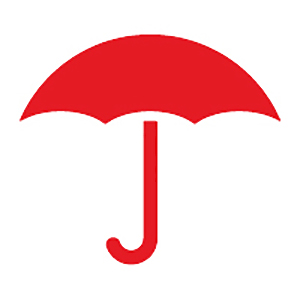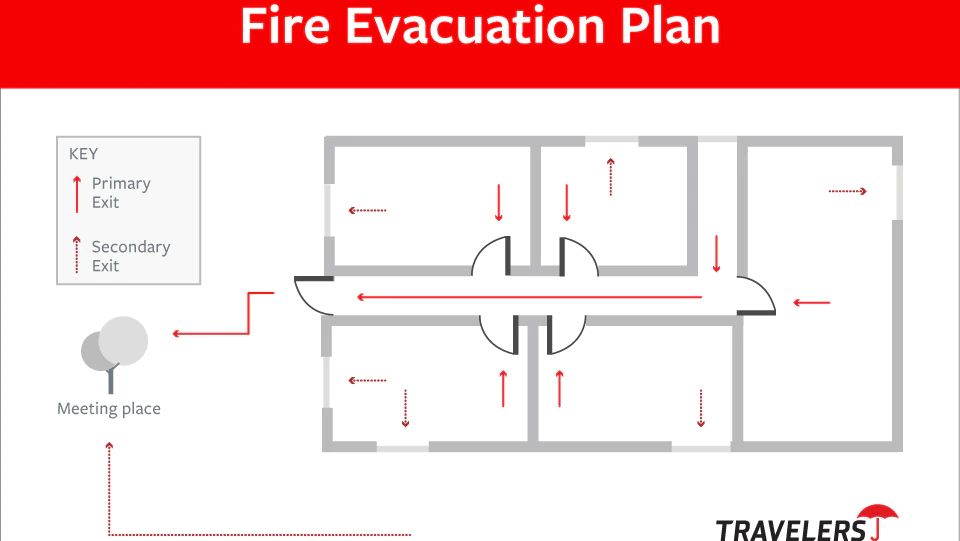Wood Stove Safety Tips

Travelers is proud to work with the finest Independent Agents

The weather outside may be frightful, but for users of alternative heating sources, the temperature inside is perfect. Homeowners looking to save money while keeping their house warm and cozy during the colder months are using alternatives to their home heating systems, such as fireplaces, pellet stoves or wood stoves.
Each type of alternative heating method has its benefits, and each can do an excellent job of providing either a primary or supplementary heat source. If they are installed, maintained and operated properly, homeowners can enjoy years of warmth provided safely and efficiently.
As with any other home system, however, alternative heat sources do require a certain amount of upkeep for their continued operation and your continued safety. In this article, we will take a look at wood stoves, including the various types and tips to use wood stoves effectively.
Types of wood stoves
Wood stoves are a great source of supplemental heat, as they are generally more efficient at producing heat than a fireplace.
There are many types and styles of wood stoves suitable for home heating, but most wood stoves can be categorized as either freestanding or a wood stove insert.
A wood stove insert fits into the fireplace opening and vents through the chimney. Many come equipped with an electric-powered blower to help circulate the heat.
Freestanding wood stoves stand proud in a room and connect to the chimney through a chimney connector. In some cases, wood-burning stoves may share the flue of an existing fireplace; in other cases, they may vent into a separate chimney built to accommodate the stove.
Using the wood stove
Before you fire up your wood stove, have your chimney inspected to determine if it can be used with a wood stove. Because a wood stove generates very hot combustion gases, its chimney must be either masonry (with flue tiles intact and in good condition) or manufactured specifically for burning wood.
If you have a freestanding wood stove, make sure it is located as close to the chimney as possible to limit the length of the flue pipe (or chimney connector). Typically, the flue pipe is a single-walled pipe and will get extremely hot when the stove is being used. During installation, make sure you have easy access to inspect and clean both the stove and the chimney connector.
An inspection is also a good idea if you have moved into a home that has a wood burning stove. Not only do you want to make sure it is safe to use, the inspector may be able to show you how to use it properly and avoid any potential mishaps.
A freestanding wood stove should never be installed on a combustible surface, such as a wood floor. In addition, it should not be connected to a chimney flue that serves another appliance, such as a furnace, boiler or other wood stove. Doing so could cause a fire or release carbon monoxide into the living space.
Finally, be sure the wood burning stove is manufactured to modern standards and that it is listed by Underwriters Laboratories or other similarly recognized testing organizations.
Wood stove do’s and don’ts
While wood stoves can provide savings in heating your home, there are some do’s and don’ts to keep in mind to help avoid potential risks, such as burns, fire or carbon monoxide poisoning.
Do:
- Keep children and pets away when you have a fire burning in the stove, as the outer surfaces of the stove and flue pipe are very hot. And keep anything that can burn at least 3 feet away from the stove.
- Make sure you have working carbon monoxide and smoke alarms in your home. Alarms – both fire and carbon monoxide – should be located outside each sleeping area and on every level of the home.
- Regularly remove ashes and properly dispose of them – but do not put them directly into a trash can. Ashes can take several days to cool completely. Instead, place ashes in a covered metal container located at least 10 feet away from buildings or vehicles.
- Have your chimney cleaned and inspected regularly, ideally at the start of the heating season. It is also a good idea to have it checked halfway through the burning season to check for any creosote buildup.
- Have your wood stove inspected by a professional at least once every year for any wear and tear, especially to the door hinges, the combustion chamber and the connection between the stove and chimney.
- Keep an eye out for any damage or unusual wear and tear, such as buckling, cracks in the glass, open seams or cracks in or corrosion of the metal.
Don’t:
- “Over fire" the stove – in other words, make a larger fire than the stove can handle. Over firing will result in flames entering the flue pipe or chimney and can cause damage to the stove, the chimney connector or the chimney itself, which could result in a house fire. To avoid over firing, check the instruction manual or with the manufacturer.
- Let ashes build up in the bottom of the stove, as they can interfere with the air flow into the combustion chamber, trap heat and take longer to extinguish.
- Burn anything other than wood in your wood stove. Other combustibles, such as rubber, plastics, garbage or coal, can damage your stove and could also explode or give off toxic, hazardous fumes.
Wood stoves are just one alternative heating source that can help keep your home warm during the cold winter months. No matter which style you choose – freestanding or insert – with a keen eye toward regular maintenance and safety, you will enjoy warm temperatures no matter the season.



